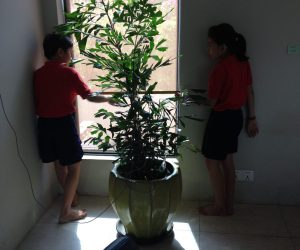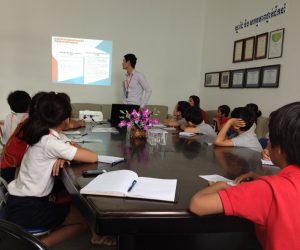Name of Course: Botany 2
Learning Facilitator: Jojo
Number of Students: 9
Dates: October 20-January 16
Days we Meet: Thursday-Friday
Course Description: In our Advanced Enrichment we learned about botany. Botany means learning about plants. Plants are the only organisms that can make their own food and that’s called sugar or glucose. Plants make their own food is called photosynthesis. Photosynthesis means plants take sunlight to make their own food. Plants make photosynthesis on the leaves. The organ in leaves works to make the food. In leaves have chloroplast and in chloroplast have chlorophyll. Plants take the carbon dioxide and layout oxygen. During the day, they do photosynthesis. Plants have physical features. There are roots, stem, leaves, fruits, and flowers. In the stem, there are two tubes. The first tube is for sucking the food or it’s called nutrients and the second tube is for sucking the water. In our class we had the activity is growing the plants. Our resources were paper, plastic bag, water, and seed. First, we needed to soak paper with water but not very wet and put the seed in it. Rub it not too tight and put in plastic bag. The plastic bag needed to be open for oxygen get in it and put at the place that has a sunlight. We need to put the water unless the paper is dry. When the seed germinates like come out the stem, leaves, we take out from the paper and put in the soil.





